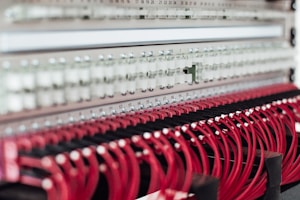All the resources behind networks usually have a degree of importance attached to them and determines the kind of security they should be accorded. The flow of information to and from these resources within the network is usually controlled by the design of the network and the kind of applications at all the layers of the network topology. With network restrictions being put in place, there is usually a holding back of the traffic trying to gain access to the resources within the network. The restrictions are a security mechanism that controls which incoming connections are allowed and which ones are prevented from even gaining access into the networked systems.
Restricting certain IP addresses from getting into a network, for instance, is one way a network is freed from having to allow suspicious addresses to send information into the network, which increases the security level and performance of the system. The restrictions put in place for a network are meant for the network’s good, and nothing can go wrong when these restrictions are affected. With these restrictions, sensitive resources that have been protected by the network will not be reachable by all the IP addresses pinging the systems. The restrictions also work to prevent too much incoming traffic, which could be a reason for a slowdown in the system’s performance, which is one reason restrictions on a network prevent the system from breaking down or giving in to an overwhelming amount of incoming traffic.
The system administrators’ access level also determines which restrictions apply to which members and which members do not have restrictions at all. The high-level members access the system resources without restraining while the restrictions click in when lower access level members log into the system. These network restrictions are also important because they ensure that the performance of any resources of the system is not slowed down but keeps rendering services at the same pace it has been performing at. In most cases, the restrictions will prevent the network from flowing at high rates or being too slow but be reasonable enough to keep the users happy with the system’s performance and its level of rendering services.
With network restrictions, the users are confident that the system will still perform reasonably well and that nothing will be able to get in the way of authorized members. Instead, unauthorized members are locked out of the system, and they are not even allowed to get into the network, which forms a means of administration for these systems. With this in mind, it is important to keep networks secure and safe from external influences or too heavy demands, which are not reasonable for these networks, which are expected to keep certain services running without interruption or slowing down for any reason at all.











